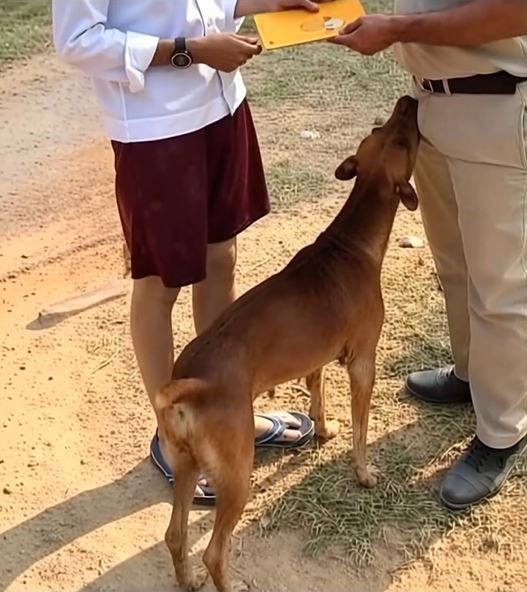To understand a dog, you must first understand its nose. This isn’t just a sensitive organ; it’s a primary interface with the world, a biological supercomputer that processes information in ways humans can scarcely conceive. While we are visual creatures, dogs are olfactory beings. Their world is a rich tapestry of smells, each telling a story about time, identity, and emotion. When your dog stops to sniff a fire hydrant, it is not being stubborn—it is reading a complex bulletin board of canine news, catching up on the latest updates from the local community.
The statistics behind a dog’s sense of smell are staggering. With up to 300 million olfactory receptors compared to a human’s six million, their scent detection capability is between 10,000 to 100,000 times more acute than our own. Furthermore, the part of their brain dedicated to analyzing smells is proportionally 40 times larger than ours. This neurological hardware allows them to detect traces of chemicals measured in parts per trillion, which is why they excel in roles from bomb detection to medical alert work, where they can identify the subtle scent changes associated with certain cancers or impending seizures.
The behavior that often causes the most social friction—sniffing another dog’s rear or a human’s groin—has a precise biological basis. These areas are hubs for apocrine glands, which secrete pheromones. These chemical messengers carry a wealth of data about an individual’s diet, health, emotional state, and even reproductive status. For a dog, this sniff is a highly efficient and information-rich method of introduction, a non-verbal conversation that provides all the necessary social cues they need to interact appropriately.
Given how fundamental scent is to a dog’s cognition and well-being, it’s counterproductive to punish them for following their instincts. Modern dog training emphasizes channeling this drive constructively. Encouraging “sniffaris”—walks where the dog is allowed to lead and explore scents—is crucial for their mental stimulation. Redirecting a greeting sniff to a hand target is a simple and effective compromise. Recognizing that sniffing is essential to a dog’s mental health allows us to appreciate this behavior not as a nuisance, but as a window into their remarkable sensory universe.


